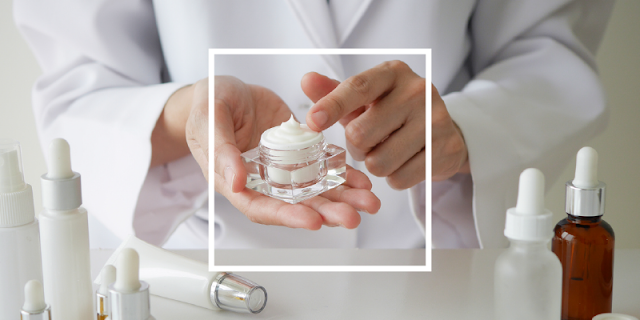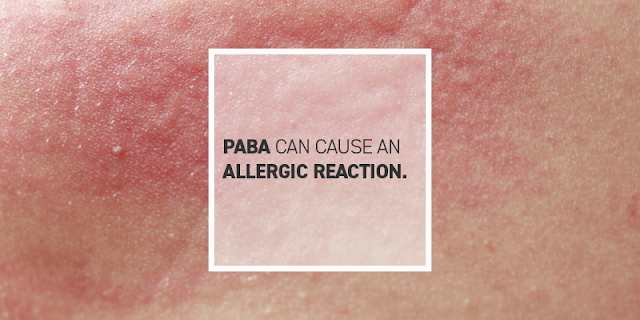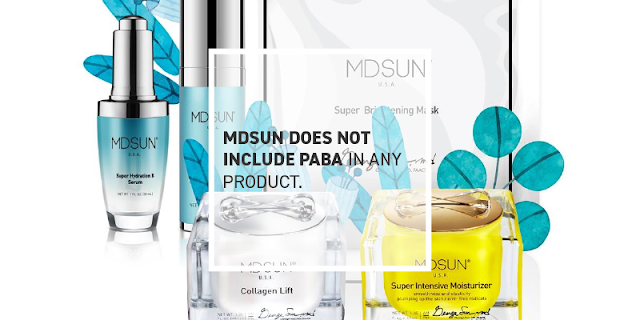PABA is an amino acid that is found in many B-complex vitamins. It is considered to be an essential nutrient for some animals and for many microorganisms, but it has not been shown to be essential for people. PABA stands for para-aminobenzoic acid. It is also known by a number of other names :
4-Aminobenzoic Acid, ABA, Acide 4-aminobenzoïque, Acide Aminobenzoïque, Acide p-aminobenzoïque, Acide Para-Amino-Benzoïque, Acide Paraaminobenzoïque, Acide Para-Aminobenzoïque, Acido Para Aminobenzoico, Aminobenzoic Acid, Aminobenzoate Potassium, Bacterial Vitamin H1, Ethyl Dihydroxypropyl Aminobenzoate, Glyceryl Paraaminobenzoate, Octyl Dimethyl PABA, P-Aminobenzoic Acid, Padamate O, Para-Aminobenzoate, Vitamin B10, Vitamin Bx, Vitamin H1, Vitamine B10, Vitamine Bactérienne H1, Vitamine Bx.
What Is PABA?
PABA is found in folic acid vitamins and is naturally occurring in grain and proteins like eggs, meat, and milk. It is taken orally. According to E-Medicine Health, and WebMD, it is taken orally for skin conditions that include “vitiligo, pemphigus, dermatomyositis, morphea, lymphoblastoma cutis, Peyronie’s disease, and scleroderma.” Both sources cite PABA as also being used as a treatment for “infertility in women, arthritis, “tired blood” (anemia), rheumatic fever, constipation, systemic lupus erythematosus (SLE), and headaches.”
PABA is also used in such cosmetic applications as hair loss prevention, to darken graying hair, and to make the skin look younger. It is used in many products that are applied to the skin, including creams, sunscreen, and cosmetics. It is particularly popular in sunscreen because it helps to block the sun’s ultraviolet rays. It is also used in anesthesias.
The majority of uses are medically proven to be safe for the majority of people. ( Source ). However, there are definite precautions that need to be taken and specific concerns about both it's topical and its oral use in some people. These concerns have made many cosmetics, skincare and sunscreen companies question whether it is an appropriate ingredient. MDSUN is among those companies that have decided to put the safety of all of its customers over the potential benefits that PABA may offer and consequently MDSUN does not include PABA in any product.
What Are the Risks of PABA?
PABA can cause an allergic reaction. People with a PABA sensitivity will develop allergic contact dermatitis and may suffer photo contact dermatitis when exposed to sunlight after applying a product with PABA to their skin. This can cause burning or stinging and a rash. Since PABA is frequently mixed with alcohol or other synthetic materials in order to be absorbed into the skin and be active, even those without a PABA allergy can still be sensitive to those products. True PABA allergies can be diagnosed by an allergist. ( Source ). With allergies comes the possibility for a more extreme reaction, up to and including anaphylaxis, although that is very rare and only documented in cases of anesthesia. Some people have also reported that the pigment of their skin changes and darkens with PABA use, which has been linked in some studies to a higher skin cancer risk.
In addition, PABA can have a negative impact on the liver, kidney, and blood when taken in high doses and is not recommended for anyone who is pregnant or breastfeeding. It can also make kidney disease more severe and increase the risk of bleeding during surgery. There are certain classes of antibiotics that are known to be less effective when taken in conjunction with PABA and cortisone may not break down as quickly in the body and thus cause side effects when combined with PABA. Also, there is the possibility that users can restrict or slow down blood clotting. Most of these are effects that are documented when PABA is taken orally or intravenously, not applied topically. ( Source ).
PABA was one of the earliest sunscreen ingredients to be deemed effective and was quickly adopted into the cosmetics industry because it worked well. However, the risk of its side effects makes many people avoid it. After all, why would you want to put PABA, along with alcohol, on your face when there are now so many better options?
Best PABA Free SkinCare
The skin on your face is the most delicate and sensitive skin on your body. If you are going to have a negative reaction to PABA it is going to happen there. Even if the reaction is a short-lived irritation, no one wants to experience that when there are other alternatives that work much better. Alcohol, which is often combined with PABA, can damage and irritate the skin on your face as well. The potential combined impact can be painful and unsightly. Avoiding such complications with skincare is foundational to the MDSUN product line.
MDSUN founder, Dr. George Sun began his career as a plastic surgeon. He noticed that the range of prescription skin care products available at the time was too harsh for long-term use due to potential reactions such as redness, dryness, irritation, and inflammation. Determined to discover the perfect blend between efficacy and gentleness, he drew upon his extensive background in biochemistry and began formulating his own skincare products to successfully treat his patients. In 2001, he launched MDSUN, a line of cosmeceutical skincare products that provides a long-time improvement in the look and feel of skin without PABA or harsh chemicals. Today these are available to everyone.
Skin Care Tips From MDSUN Skin Care®
Please Visit Our Official Website - MDSUN Skin Care




Comments
Post a Comment